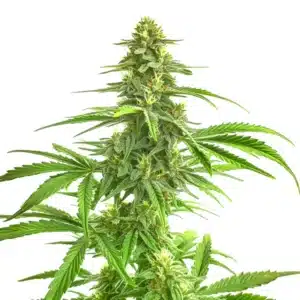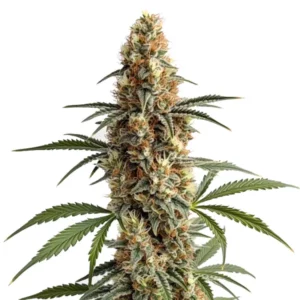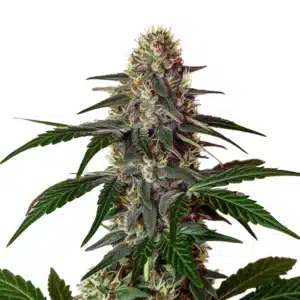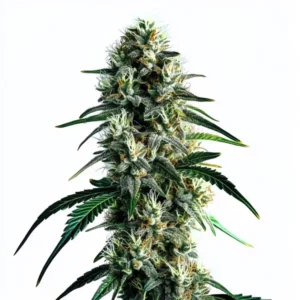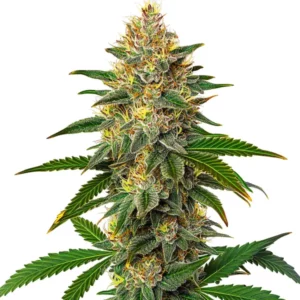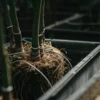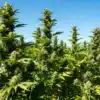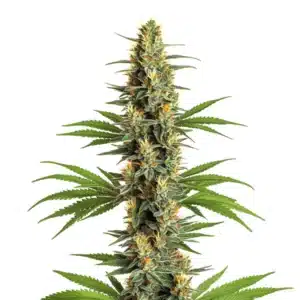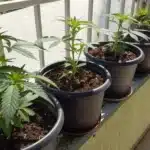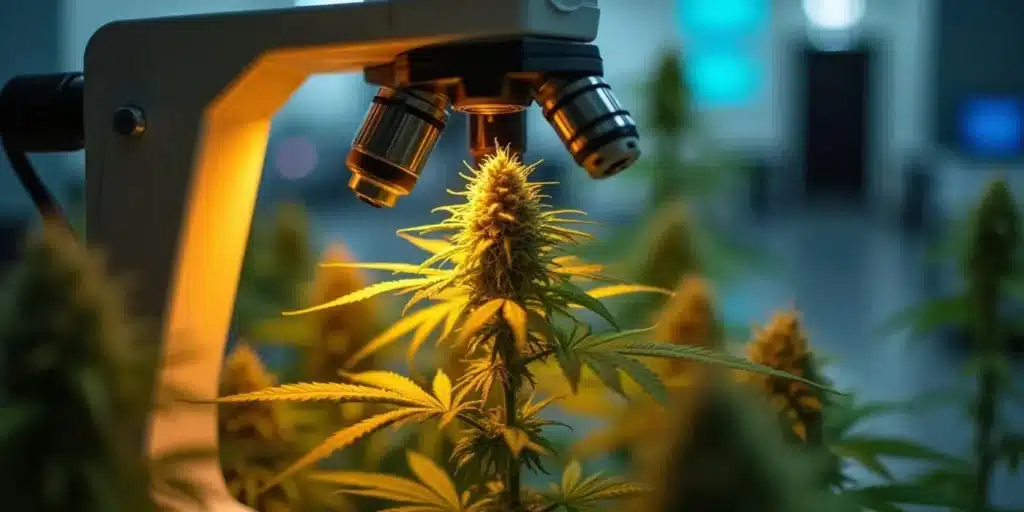
Phytosanitation in Cannabis: A Friend to Growers
Phytosanitation is an important aspect of cannabis cultivation, regardless of your experience level. It involves the process of eliminating pests and diseases from your plants and the surrounding environment. It’s not just about spraying your plants with pesticides. It’s about creating a balanced ecosystem where your cannabis plants can thrive.
Phytosanitatio cannabis is a crucial aspect for both first-time cannabis seed buyers and experienced growers. A good understanding of phytosanitation methods can make a significant difference in the quality and yield of your crops. This is particularly important for those cultivating cannabis strains from blimburnseeds.com, such as ‘Critical Daddy Purple‘, ‘Mamba Negra‘ and ‘Wombat‘.
Recommended Strains
Wombat
|
|
THC | 18% - 20% (Medium) |
|
|
Type | Feminized |
|
|
Yield | High |
|
|
Phenotype | 45% Indica / 55% Sativa |
Mamba Negra
|
|
THC | 18% (Medium) |
|
|
Type | Feminized |
|
|
Yield | High |
|
|
Phenotype | 55% Indica / 45% Sativa |
In essence, phytosanitation forms the backbone of successful cannabis cultivation. Phytosanitatio cannabis, at its core, involves creating an environment where the cannabis plant can grow and thrive, while minimizing the risk of pests or diseases that can potentially harm the crop.
Understanding the role of phytosanitation in cannabis production can significantly enhance the quality and yield of your crop. This is because phytosanitation involves a comprehensive approach to plant health, focusing not only on disease and pest management but also on preventive measures and best cultivation practices.
Phytosanitation Methods for Cannabis Cultivation
Phytosanitation is not a single-method process. It involves several practices that, when combined, can provide optimum plant health and productivity. The primary goal is to prevent the introduction and spread of pests and diseases. This can be achieved through regular inspection, proper handling, and adequate treatment of plants and seeds.
One of the most common phytosanitation methods for cannabis cultivation is sterilization. This involves using heat, chemicals, or radiation to kill pests and diseases. For example, you can sterilize your growing medium before planting to eliminate any potential threats.
Another important method in phytosanitation for cannabis is the use of biological controls. This involves using beneficial organisms, such as predatory insects or microorganisms, to control pests and diseases. Biological controls offer a sustainable and environmentally friendly option for maintaining the health of your cannabis plants.
Finally, crop rotation and intercropping are other effective phytosanitation methods for cannabis cultivation. These practices can help break the life cycle of pests and diseases, reducing their populations and minimizing their impact on your cannabis crops. Furthermore, they also contribute to soil health and fertility, which are vital for the growth and productivity of your cannabis plants.
The Role of Cultivation Practices in Phytosanitation
Sensible cultivation practices play a significant role in phytosanitation in cannabis production. This starts with the selection of healthy seeds. It’s worth going for quality seeds from reliable sources like blimburnseeds.com. From ‘Critical Daddy Purple’ to ‘Mamba Negra’, these strains come with a good reputation for robustness.
Other cultivation practices that can enhance phytosanitation include correct spacing of the plants and proper irrigation. Adequate spacing allows for sufficient airflow, reducing the chances of fungal diseases. On the other hand, overwatering can create a conducive environment for root diseases.
Pruning is another cultivation practice that contributes to phytosanitation. By removing dead or diseased plant parts, you can prevent the spread of diseases and pests. Pruning also improves air circulation and light penetration, which can enhance plant health and productivity.
Furthermore, the use of resistant cannabis strains can also be a part of your phytosanitation strategy. Some strains are naturally resistant to certain pests and diseases. By choosing these strains, you can reduce the chances of pest and disease problems in your cannabis cultivation.
Promos & Deals
Benefits of Phytosanitation in Cannabis Farming
Phytosanitation offers numerous benefits to cannabis farming. One of the main advantages is increased yield. By keeping your plants healthy and free from pests and diseases, you’re likely to enjoy a bountiful harvest.
Phytosanitation also contributes to improved plant quality. Healthy plants produce high-quality buds. For instance, if you’re growing the ‘Wombat’ strain from blimburnseeds.com, proper phytosanitation will help you achieve its full potential, in terms of both quantity and quality.
Moreover, phytosanitation can reduce the need for chemical inputs. By preventing the onset of pests and diseases, you can minimize the need for pesticides and fungicides. This not only saves you money but also contributes to a safer and more sustainable cannabis farming practice.
Another benefit of phytosanitation in cannabis farming is that it can enhance the reputation of your cannabis business. A commitment to phytosanitation reflects a dedication to quality and sustainability, which can attract more customers and boost your business’s reputation in the cannabis industry.
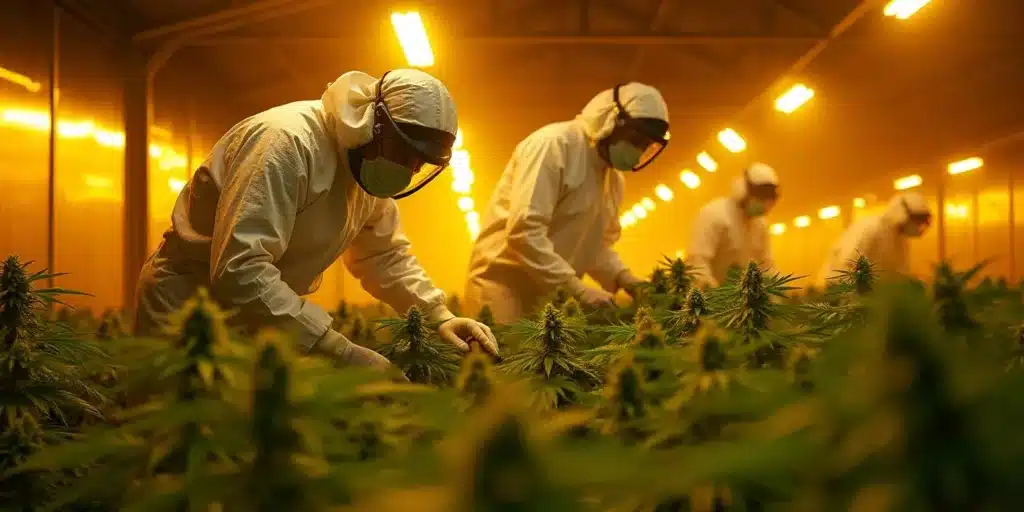
Implementing Phytosanitation in Cannabis Growth
Implementing phytosanitation in cannabis growth involves a series of actions. These include regular inspections, prompt treatment of diseases and pests, and proper handling of plants and seeds. It’s worth noting that phytosanitation starts right from the time you purchase your seeds.
For instance, when you buy ‘Mamba Negra’ seeds from blimburnseeds.com, ensure that they are stored correctly to prevent any potential diseases. Furthermore, handle them with clean hands during planting to avoid transferring any pests or diseases.
In addition to these, implementing phytosanitation also involves educating yourself and your staff about common pests and diseases in cannabis cultivation. Knowing how to identify these issues and understand their life cycles can help you implement effective phytosanitation strategies.
Lastly, record-keeping is an integral part of implementing phytosanitation in cannabis growth. By keeping detailed records of your phytosanitation practices, you can monitor the effectiveness of your strategies and make necessary adjustments to improve plant health and productivity.

Phytosanitation Practices for Cannabis
Phytosanitation practices for cannabis are crucial in maintaining the health and productivity of your plants. The key to understanding these practices lies in knowing what to look out for and taking the right measures at the right time.
For example, if you’re growing the ‘Critical Daddy Purple’ strain from blimburnseeds.com, you should be aware of the common pests and diseases that affect this strain. This way, you’ll know what to look out for during your routine inspections.
Understanding phytosanitation practices for cannabis also involves being proactive. Instead of waiting for pests or diseases to appear, implement preventive measures to keep your cannabis plants healthy. This can include practices such as sterilization, biological control, crop rotation, and intercropping.
Moreover, continuous learning and adaptation are essential in understanding phytosanitation practices for cannabis. As research advances and new technologies emerge, there will be new methods and practices to learn. Therefore, staying informed and adaptable is crucial to ensure the success of your cannabis cultivation.
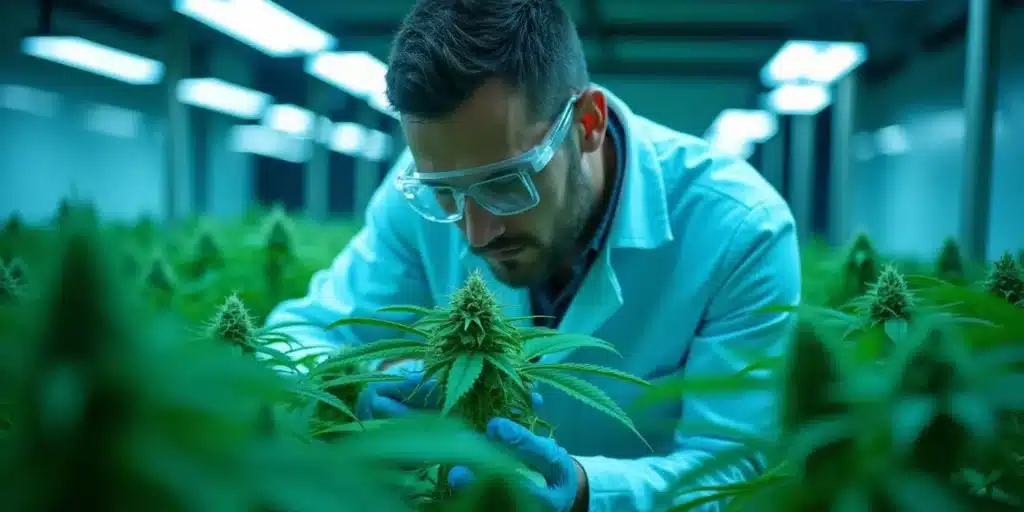
Frequently Asked Questions
What is Phytosanitatio cannabis?
Phytosanitatio cannabis refers to the practices aimed at eliminating pests and diseases from cannabis plants and their growing environment. It’s a crucial aspect of cannabis cultivation that contributes to improved plant health and increased yield.
Phytosanitatio cannabis involves several practices, such as regular inspection of plants, proper handling of seeds and plants, and prompt treatment of identified pests and diseases. The goal is to create a balanced ecosystem that supports the healthy growth of your cannabis plants.
Phytosanitatio cannabis also includes preventive measures. This means implementing practices that reduce the risk of pests and diseases even before they appear. By taking a proactive approach, you can maintain the health of your cannabis plants and enhance their productivity.
Furthermore, Phytosanitatio cannabis also involves the use of sustainable and environmentally friendly practices. This includes using biological controls and minimizing the use of chemical inputs. By doing so, you can contribute to the sustainability of the cannabis industry and the health of our planet.
Why is phytosanitation important in cannabis farming?
Phytosanitation is important in cannabis farming as it helps to keep your plants healthy and free from pests and diseases. Healthy plants have a higher yield and produce better quality buds. For instance, if you’re growing the ‘Wombat’ strain from blimburnseeds.com, proper phytosanitation will help you achieve its full potential.
Moreover, phytosanitation contributes to the overall success of your cannabis cultivation. It reduces the chances of crop failure due to pests and diseases, saving you both time and resources.
Phytosanitation is also important in cannabis farming because it contributes to the sustainability of your cultivation practices. By minimizing the use of chemical inputs and promoting biological controls, phytosanitation can help you achieve a more sustainable and environmentally friendly cannabis farming practice.
Lastly, phytosanitation is important because it can enhance the reputation of your cannabis business. By demonstrating a commitment to quality and sustainability, you can attract more customers and establish your business as a leader in the cannabis industry.
How can I implement phytosanitation in my cannabis growth?
Implementing phytosanitation in your cannabis growth involves a series of actions. Start by purchasing quality seeds from reliable sources like blimburnseeds.com. Once you have your ‘Mamba Negra’ seeds, for instance, store them properly to prevent any potential diseases.
Also, inspect your plants regularly for any signs of pests or diseases. If detected, take immediate action to manage the situation. Other practices include proper spacing of your plants and adequate watering.
Moreover, you can implement phytosanitation in your cannabis growth by using biological controls. These can include beneficial insects or microorganisms that can control pests and diseases. Biological controls offer a sustainable and environmentally friendly option for maintaining the health of your cannabis plants.
Lastly, educating yourself and your staff about common pests and diseases can also help in implementing phytosanitation. By knowing how to identify and manage these issues, you can take prompt action and prevent them from harming your cannabis crops.
What are the benefits of phytosanitation in cannabis cultivation?
Phytosanitation offers numerous benefits to cannabis cultivation. It contributes to improved plant health, leading to increased yield. Healthy plants produce high-quality buds, which is particularly important if you’re growing premium strains like the ‘Critical Daddy Purple’ from blimburnseeds.com.
Furthermore, phytosanitation reduces the chances of crop failure due to pests and diseases. It saves you the time and resources that would otherwise be spent on managing these issues.
Another benefit of phytosanitation in cannabis cultivation is that it can enhance the resilience of your crops. By implementing preventive measures and using resistant strains, you can make your cannabis plants more resilient to pests and diseases. This can contribute to the sustainability of your cannabis cultivation and the resilience of the cannabis industry as a whole.
Lastly, phytosanitation can also contribute to the reputation of your cannabis business. By demonstrating a commitment to quality and sustainability, you can attract more customers and establish your business as a leader in the cannabis industry.
What are the common phytosanitation methods for cannabis cultivation?
The most common phytosanitation methods for cannabis cultivation include sterilization, regular inspection, and proper handling of plants and seeds. Sterilization involves using heat, chemicals, or radiation to kill pests and diseases. Regular inspection helps in the early detection and management of pests and diseases.
Proper handling of plants and seeds is also crucial. For instance, when handling your ‘Wombat’ seeds from blimburnseeds.com, ensure that your hands are clean to avoid transferring any pests or diseases.
In addition to these, biological control is another common phytosanitation method for cannabis cultivation. This involves using beneficial organisms to control pests and diseases, providing a sustainable and environmentally friendly option for maintaining plant health.
Lastly, crop rotation and intercropping are also common phytosanitation methods for cannabis cultivation. These practices can help break the life cycle of pests and diseases, reducing their impact on your cannabis crops and enhancing the health and fertility of your soil.


